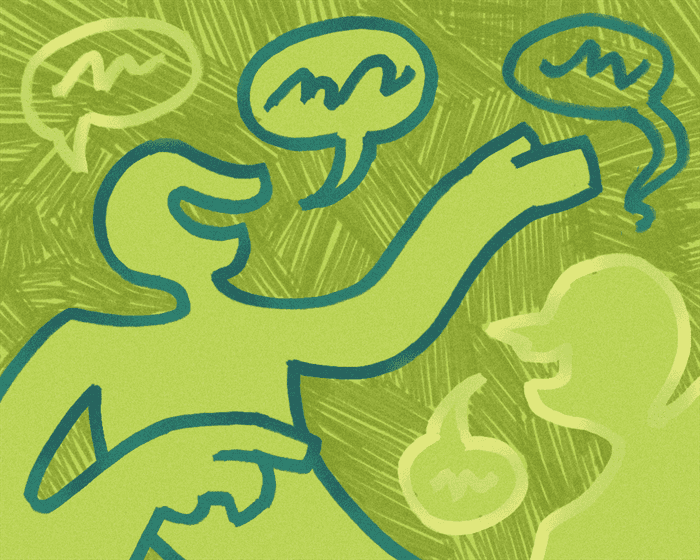Language is an important feature that identifies us, and it’s fundamental to acknowledge it.
International Mother Language Day was Feb. 21. The purpose of this day is to promote multiculturalism and first-language appreciation.
In New Jersey, the most dominant languages spoken besides English are Spanish, Filipino or Tagalog and Chinese, among many others. We all come from different cultural and linguistic backgrounds.
As an ESL teacher and English language learner, I’ve witnessed the challenges of acquiring a second language from scratch with my students.
Many ask me frequent questions like “Do you think I can learn how to speak English in a year?” or “ What can I do to accelerate this process?”
The truth? There is no definitive time to learn a language or to speed up this process. We must understand that acquiring a language at the level of proficiency takes time.
Subsequently, many language learners who are in the process of becoming bilingual or multilingual are facing the stages of second language acquisition.
There are some stages that we need to face as learners, which may involve some emotional factors as well. According to Jane D. Hill and Cynthia L. Bjork, when it comes to second language acquisition, the learner faces five stages.
To begin, the first stage is the Pre-Production stage, where the student has minimal comprehension of the language.
The second is the Early Production stage, in which the student has limited comprehension of the language. The student is in the early stages of understanding the language.
The third stage, speech emergence, is when a student has a good understanding and can produce simple sentences.
In the fourth and fifth stages, the student has excellent comprehension of the language, but still with some grammatical errors. This stage takes between three to five years.
In the advanced fluency stage, the student has a near-native level of speech. This also may take five to seven years in mastering.
To acquire a second language, there are additional factors that we all should take into consideration. For example, the age when we start learning a second language can influence our proficiency in the language.
According to Dr. Leonard A. Levi, when a language is acquired before puberty, the process will be more effortless. But when a second language is acquired after puberty, the process becomes more complex.
This is due to brain plasticity. The younger we are, the easier it becomes for us to learn a language.
Most of my students are adults. The process becomes systematic, meaning they learn the four modalities of English by lesson and like math formulas— if you follow the grammar rules, you are more likely to understand faster.
Compared to children, they will learn the language through exposure and their environment.
According to Eric Lenneberg, the environment plays an important role in acquiring a language. In my case, I grew up in Union City, where most of my community of practice only speaks Spanish.
Acquiring a second language was less structural for me.
Based on my experience, I came to the United States at the age of 10 years old. According to the hypothesis of the critical period, I was supposed to learn the language at a level of full proficiency.
I was more exposed to my first language, instead of my second language. Someone’s learning experience can contain barriers depending on how often they practice and how exposed they are to a new language.
If you can relate and are in the process of learning a new language, you should remember that everything takes time and that’s okay.
Learning a different language is a daily struggle and some days could be more difficult than others. Don’t forget to enjoy all the stages and opportunities this new challenge will bring you. Remember that you are not alone in this process.



